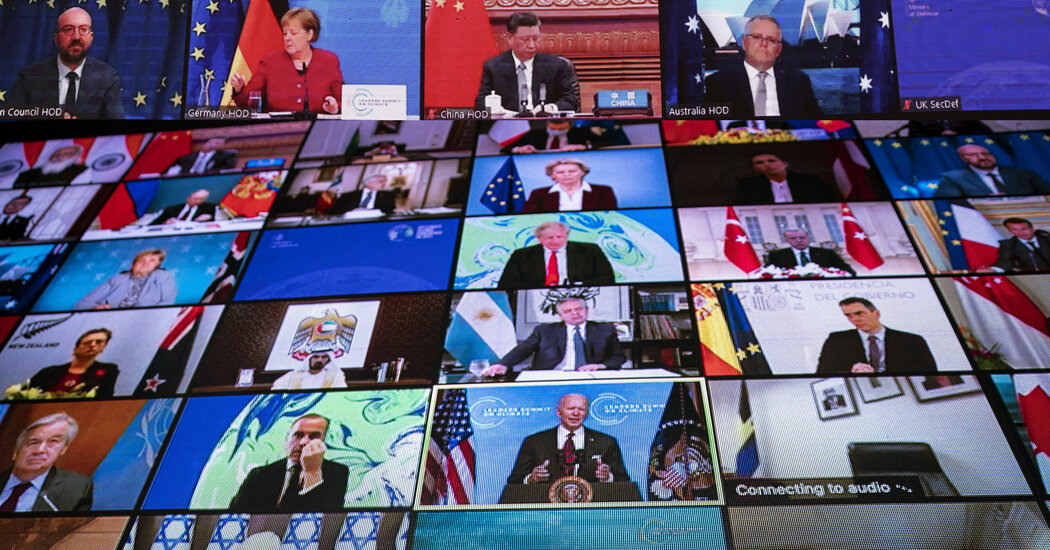
It is vital that the infrastructure bill include a massive investment in low-carbon and clean-energy technologies and infrastructure; supporting the deployment of electric vehicles and electric-vehicle infrastructure; supporting a cleaner grid, more transmission; supporting supply chains to make sure that electric vehicles and batteries are produced here at home. It is really going to be necessary for the administration to lean in.
If the bill is split into two parts, then the administration is going to need to be willing to make sure that one of those is something that reflects the urgency of the moment, in terms of investment in low-carbon and clean-energy infrastructure — as well as in climate resilience, because this is an issue that affects the entire economy.
The other reason the infrastructure bill is so important is that for the Biden administration to succeed in this effort — for it to become durable politically, so it doesn’t flip-flop back and forth in the way we were just talking about — the administration needs to show that investments in clean energy are also investments that create jobs, that drive the economy, that lead to cleaner air and healthier communities, especially in frontline disadvantaged communities that have borne the brunt of pollution historically. The Biden administration needs to show that a low-carbon agenda is also one that brings better outcomes for people in their everyday lives. And that’s what infrastructure spending, in some ways, can do most of all.
I think if they do that, and you see the economy rebounding in the coming years and you see that in the context of real investment in clean energy and low-carbon transition, that will help build the political will and the popular support to keep pushing on climate and clean energy over the coming decade.
Put more simply, you don’t get the 50 percent cut by 2030 without putting climate and clean energy at the center of this infrastructure bill this year.
What about the fact that some states have been doing a much stronger job than the federal government at leading the way on clean-energy policy? To what degree have states been modeling policies that the federal government can adopt, and how much does Biden’s team still need to innovate its own solutions?
The states are going to play a critical role — they have played a critical role. Not just states, but cities and companies. The last four years, when Washington, D.C., was out of the picture, cities and states and companies carried the load. And states in particular, as you say, have really led the way on innovative policies to drive down emissions and carry their economies forward: California and New York, but also Colorado — which has the toughest economy-wide statutory target on emissions in the country. You’ve got Hawaii pioneering the way in renewable energy. This is happening across New England, it’s happening in the Midwest.

Average Rating